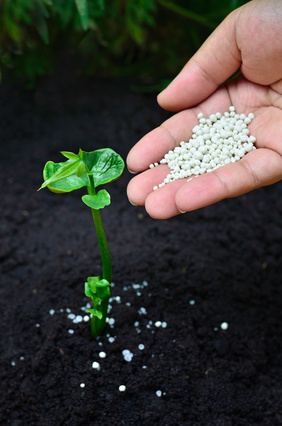To conclude, many things in ecology influence a soil’s fertility and it is hard to talk about one factor without mentioning another, since they are interrelated. The acidity or pH scale is one of the main factors in determining soil fertility, but this is inevitably linked to water without which no life could exist. The higher the water content, the lower the pH and the higher the progressive replacement by hydrogen cations. This means that there will be less nutrients available for plant use. Most of the macro elements such as nitrogen, calcium, magnesium and potassium become more readily available as pH increases until pH reaches about nine. But nutrient micro elements such as iron, manganese, and aluminum become more available as pH decreases.
Generally the more basic a soil is the more fertile it is to bacteria, earthworms and deciduous trees (to a point where super basic soils are very arid and high in sodium or calcium and only specialist species can tolerate the high saline conditions). Soils on the acidic side can be tolerated by a higher biomass of fungi, anthropoid animals and coniferous trees. Water availability is poor in sandy soils because of the great porosity that will drain water away. Clay type soils have such small spaces between the pores that it is difficult for water nutrients to be sucked up. So a medium of these extremes which is a silt or sandy loam would be of least effort for a plant to obtain water. Soil with about 50% pore space is excellent to keep the soil fertile, by making sure that it is filled with oxygen and this in turn diminishes excess CO2 and thereby avoiding a toxic build up. The types of organic matter namely mor and mull humus are the byproducts of factors already discussed, like high drainage and poor nutrients cause mor and rich nutrient parent material with soil particles that are fairly coarse cause mull humus. These types are related to acidity of soil which in turn have different effects or fertility factors on different species.
